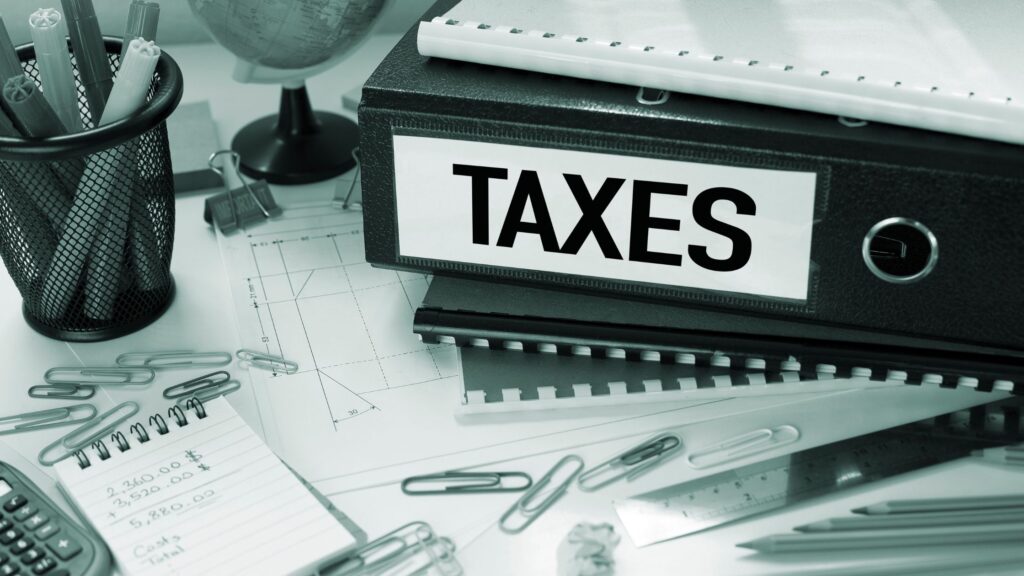Proactive tax planning has emerged as a crucial financial strategy for both individuals and businesses. Rather than reacting to tax obligations at the end of the financial year, this planning allows tax payers to anticipate liabilities, leverage deductions, and optimize investment decisions well in advance. This approach ensures compliance while aligning financial goals with tax efficiency.
In this article, we will explore what this tax planning entails, how it works, the key benefits, strategic steps to implement it effectively, and how expert guidance can transform tax outcomes.

Table of Contents
ToggleWhat Is Proactive Tax Planning?
Proactive tax planning involves developing a tax strategy before financial activities occur, enabling individuals and businesses to legally minimize their tax liabilities. Unlike reactive approaches—where taxpayers scramble to reduce taxes after earning income—this method integrates tax-saving opportunities into daily financial decisions.
This strategy applies to income structuring, investments, retirement contributions, and even business expense management. The goal is not only to save money but also to achieve long-term financial stability and predictability in financial obligations.
For instance, a business owner may plan equipment purchases strategically within the tax year to maximize depreciation benefits. Similarly, individuals can optimize their investments in tax-advantaged accounts to reduce taxable income while aligning these actions with their personal life goals, such as early retirement or funding children’s education. Learn more about Advanced Tax Planning Strategies for High-Income Individuals.
Step 1: Assessment of Current Financial Position
A thorough review of income, expenses, investments, and liabilities helps identify potential tax exposure and areas for savings. This step often uncovers opportunities that may have been overlooked in the past.
Step 2: Goal Alignment
Tax strategies are tailored to personal or business objectives, whether that’s growth, retirement readiness, or reinvestment.
Step 3: Strategy Development
Professionals identify deductions, credits, and investment options that legally reduce taxable income. This may include retirement plan contributions, income deferral strategies, or asset purchases designed for tax efficiency.
Step 4: Implementation and Monitoring
Once strategies are in place, continuous monitoring ensures adjustments can be made in response to regulatory changes or shifts in income levels.
Step 5: Year-End Optimization
As the financial year closes, targeted actions—like charitable donations, expense acceleration, or deferring income—can further reduce tax burdens.

Key Benefits of Proactive Tax Planning
Although it requires foresight and organization, this tax planning delivers long-term financial rewards.
- Lower Tax Liability: Strategically using deductions, credits, and timing can significantly reduce the amount owed to tax authorities.
- Improved Cash Flow: Retaining more income throughout the year supports better business operations and personal financial flexibility.
- Regulatory Compliance: By staying ahead of filing deadlines and requirements, taxpayers avoid costly penalties.
- Enhanced Investment Returns: Tax-efficient investments allow capital to grow without excessive erosion from taxes.
- Stress Reduction: Planning eliminates last-minute tax season anxiety and ensures preparedness for audits.
- Long-Term Wealth Building: By reinvesting tax savings, individuals and businesses can accelerate their wealth creation goals and build a sustainable financial foundation.
Strategic Steps for Successful Tax Planning
Achieving optimal results requires discipline and well-timed actions.
1. Maintain Accurate Records
Consistently tracking expenses, receipts, and income streams ensures no tax deduction is overlooked.
2. Leverage Retirement Accounts
Maximizing contributions to 401(k)s, IRAs, or similar plans reduces taxable income while securing future financial stability.
3. Optimize Business Structures
Choosing the right entity type—LLC, S-Corp, or partnership—can significantly influence tax obligations and operational flexibility.
4. Take Advantage of Tax Credits
Credits for education, renewable energy, and hiring initiatives can provide substantial savings.
5. Manage Capital Gains Strategically
Timing asset sales to align with lower tax brackets can reduce the tax burden.
6. Plan for Life Changes
Major events like marriage, home purchases, or inheritance should be integrated into tax planning early to avoid missed opportunities.
Tools and Professional Support
While individuals can apply basic strategies independently, the complexity of tax codes makes expert guidance invaluable. Professional advisors, like those at Freedomfolio, combine advanced tools with in-depth tax knowledge to craft personalized strategies. Their approach to proactive tax planning incorporates:
- Advanced Tax Analysis Software – Identifies hidden opportunities and risks.
- Real-Time Financial Monitoring – Ensures strategies remain aligned with evolving goals.
- Regulatory Updates – Keeps clients compliant with new tax laws and amendments.
- Holistic Wealth Management – Integrates tax planning with retirement, investment, and estate strategies for complete financial alignment.
By partnering with a professional team, taxpayers gain the confidence that every available advantage is being utilized effectively and ethically.
Conclusion
Proactive tax planning is more than a seasonal task—it’s a year-round strategy that can transform financial outcomes. By anticipating liabilities, leveraging deductions, and aligning financial activities with tax efficiency, individuals and businesses can secure lasting advantages and peace of mind.
For tailored, expert-led guidance on proactive tax planning, visit Freedomfolio and discover how their wealth management expertise can help you save more, invest smarter, and achieve your long-term financial goals.

FAQs
1. What is the main difference between proactive and reactive tax planning?
Proactive tax planning anticipates and minimizes tax liabilities before they occur, while reactive planning happens after income is earned.
2. Can proactive tax planning benefit small businesses?
Yes. It can reduce liabilities, free up cash flow, and help small businesses reinvest in growth while ensuring compliance.
3. How often should tax plans be reviewed?
At least quarterly, or whenever there are major changes in income, expenses, or tax laws.





